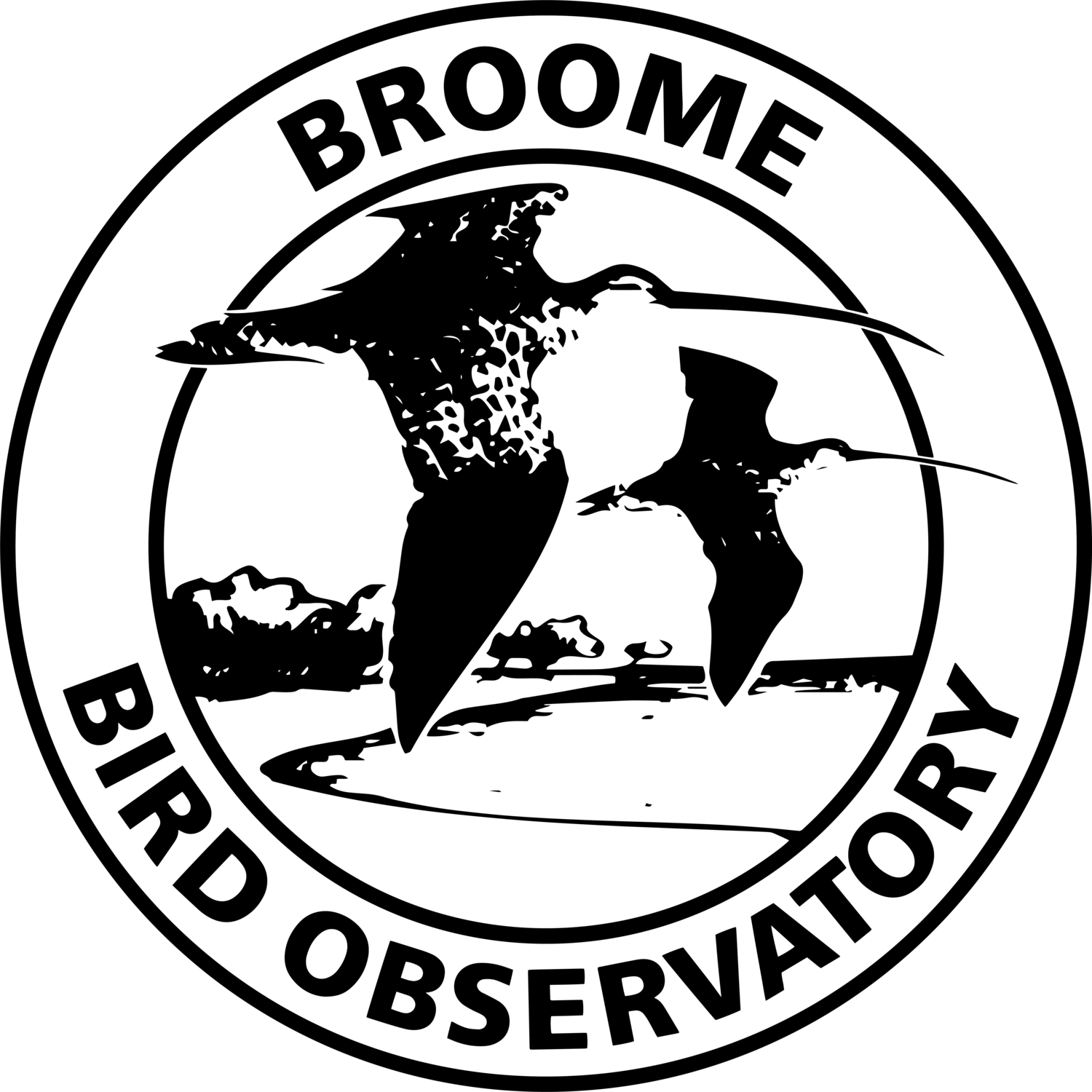Late August and September (2015)
Since early August, the waders have come flooding back into Roebuck Bay. They have mostly been returned adults, with heavily worn feathers from their arduous journey to the Far North. However, we’ve also seen the return of our first juveniles, sporting beautifully fresh plumage. Numbers in the Bay have probably doubled since the dry season counts of 17,000. And with the birds returning, we’ve had several exciting sightings to the delight of our guests.
The first Little Ringed Plover of the season, at Taylors Lagoon. Photo: Ross Jones
An adult Little Ringed Plover was found at Taylors Lagoon on the 18th of August, and has been seen on every Lakes Tour since. The low water levels at Lake Campion produced a Ruff between the 18th and 29th of September, but was mostly seen in flight on the 29th, while a Black Falcon made several catch attempts at the wader flock it was a part of. A very early Swinhoe’s Snipe was found by George Swann at Lake Eda on the 25th of September, and remained until at least the 30th. The Eurasian Curlew, first seen in February, came out of hiding on the 29th of September, while everybody’s favourite Semipalmated Plover returned for a 7th straight year to the Broome sewage ponds on the 30th of September. Common Redshank numbers have steadily increased to seven.
A Common Redshank out on the Roebuck Bay mudflats. Photo: Nigel Jackett
The Banded Stilt originally found at Kidneybean Claypan in July, has relocated to the Little Crab Creek mangroves, where it reliably roosts with Red-necked Avocets each high tide. Oriental Plovers were first seen on the 15th of September, while Little Curlews turned up at Quarry Beach two days later on the 17th.
A Beach Stone-curlew, our first for the year, was seen in front of the BBO viewing platform between the 15th and 27th of September. Another first for the year were two Hooded Robins at Taylors Lagoon on the 29th of September.
Up to 22 Flock Bronzewings have been regularly seen since mid-August near a dam on Roebuck Plains, while Barn Swallows made their first appearance at the sewage ponds on the 28th of August. Eastern Yellow Wagtails, Dollarbirds, and Channel-billed Cuckoos all announced their spring arrival to the region in the last week of September.
Although rarely seen, Estuarine Crocodiles (salties!) do occur in Roebuck Bay. Photo: Nigel Jackett
Reptile activity has also significantly increased this period, highlighted by a young Estuarine Crocodile basking on the mudflats. Black-headed Pythons, Moon Snakes, and Narrow-headed Whipsnakes have also been seen close to the Observatory, to the delight of most of our guests!
Our evening Bird Log in the Shadehouse recorded 175 species in August (with an incredible daily average of 100.7), while a staggering 191 species were found in September (including 155 species on our September Birds of the Broome Region course). October is often our month with greatest diversity, so we look forward to trying to reach 200!
A brief, but convincing view that the Lake Eda snipe is a Swinhoe's! Photo: Nigel Jackett




